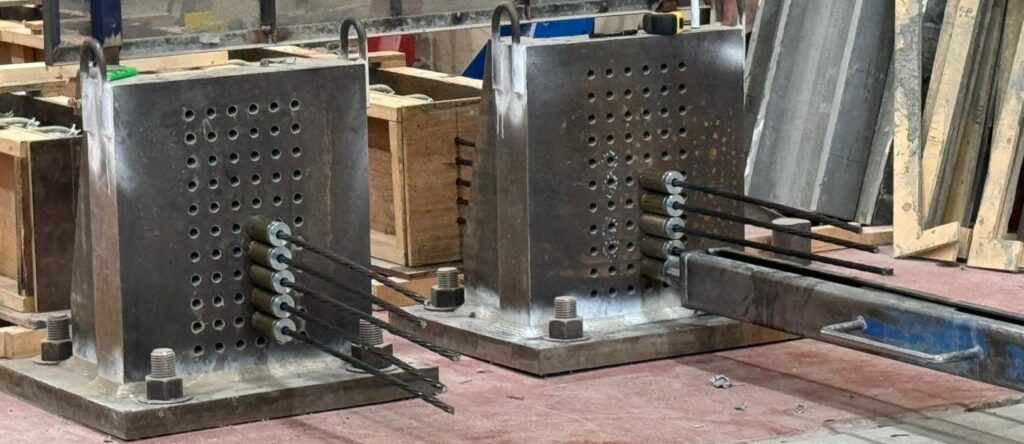
Research Endeavors by RIBS Lab
Resilient Highway Bridges: A Performance-Based Design Approach Against Climate Change:
The impacts of climate change pose immediate and long-term threats to our bridge infrastructure. The long-term objective of this research is to address resiliency in the design of highway bridges regarding improved life safety, structural risk mitigation, and service interruption reduction under climate change. This research program will generate specific engineering design options to make bridge infrastructure more resilient in a climate-altered future.

Multihazard Resilient Design of Highway Bridges:
Extreme climate and natural hazard events are rare and occur largely unanticipated. These events not only cause economic losses by damaging infrastructure and other facilities but also adversely affect post-disaster response capability. Current design codes and guidelines fail to consider the complex and intertwined effects of multiple hazards. This research program is designed to develop a performance-based approach for multihazard resilient bridge systems to ensure enhanced resilience and robustness, thus minimizing the adverse social and economic impacts of multiple hazards. This research focuses on identifying synergies between hazards that make an integrated multihazard design approach possible through a structured design process.

Design of Exposed Column Base Connections Subjected to Axial Load and Bi-Axial Bending:
The objective of this research is to develop a simplified design guideline for exposed column base plates under combined axial load and bi-axial bending. This research involves: (i) experimental investigation of column base plates under combined axial load and bi-axial bending, (ii) finite element simulation of base plates under combined axial load and bi-axial bending, (iii) comprehensive parametric study to identify the parameters that influence the behavior of exposed column base plates, and (iv) developing interaction equations, design methods, and simplified tools for practicing engineers.

Developing advanced rate-dependent analytical model of lead rubber bearing:

In this research, we have developed a comprehensive analytical model of LRBs that can accurately predict their behavior under low to large levels of strain. The proposed model considers nonlinearity, hysteresis, stiffness, damping, and rate-dependent behavior of LRBs. The model is also able to consider the effects of temperature and aging on the rubber and lead components of the bearing. The developed model is validated using experimental data and is shown to provide accurate predictions of the LRB response under different strain levels. The accuracy of the developed LRB model is also validated using shake table test results of an LRB-isolated bridge under low and large strain. This research provides a valuable tool for engineers and designers to predict the behavior and performance of LRBs and optimize their design.
Artificial Intelligence (AI) in Structural Engineering:
In our research team, we have implemented various machine learning (ML) techniques in the field of structural and earthquake engineering for their rapid prediction and classification of failure modes, among other applications. We have developed various ML-based tools for rapid structural failure mode classification, capacity assessment, preliminary design, strength identification, and damage assessment. In addition, through an NSERC-Alliance partnership, we have developed an autonomous damage assessment process using deep learning (DL) techniques to classify and detect two types of defects- crack and spalling in concrete structures. The developed algorithms achieved an excellent performance in damage classification and localization and proved to be successful enough to offer an automated inspection platform for ageing infrastructures. We are currently developing bridge deck condition assessment tool combining AI and field observations.

Shape Memory Alloy for Performance-based Design of Multi-hazard Resilient Highway Bridges:

Owing to two distinct features as superelasticity effect (SE) and shape memory effect (SME), SMA reinforcing rebars have emerged as a suitable alternative for conventional steel rebars due to their ability to dissipate seismic energy and reduce earthquake-induced damage. Our research focuses on the Low cycle fatigue (LCF) behaviour of NiTi SMA rebars under cyclic tension-compression loading and developing LCF life prediction models considering the effects of buckling. In addition, we have investigated the performance of SMA-reinforced concrete bridges under various extreme load combinations such as the vehicle collision, earthquake and tsunami load.

